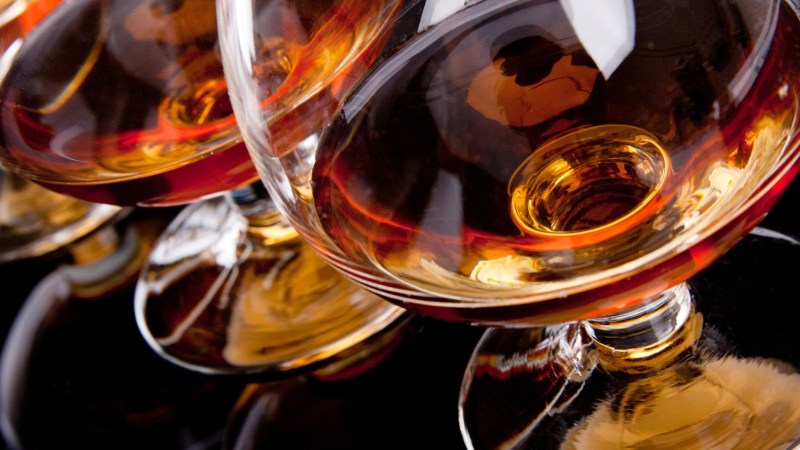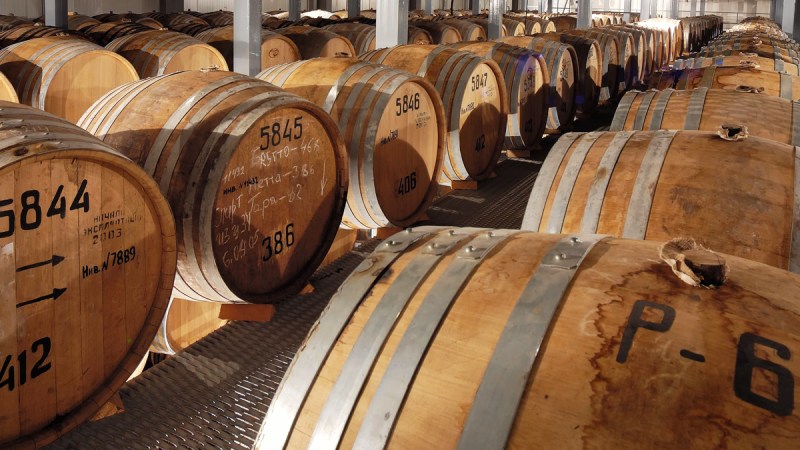It’s easy to be a little intimidated by Cognac. The wine-based spirit is some 500 years old, carrying with it hefty tradition and an associated culture that can seem a little distant, given its French homeland.
But these are the very reasons Cognac should be pounced on and thoroughly enjoyed. It’s not often you get to sip on something with such an extensive tradition. Moreover, as a one-of-a-kind brandy made only in western France, Cognac is wildly unique — not to mention just plain fun to sniff and sip.
Related Reading
Specialty drinks warrant specialty glassware. To truly experience Cognac, you’ll need a glass that puts it on its rightful pedestal. A snifter is the way to go, but really, any tulip-shaped glass will work. The idea is a glass large enough to both bring the spirit to temperature and really allow you to examine the

There’s no need to chill or heat Cognac. This is a spirit meant to be enjoyed neat and at room temperature. So, if it’s a tad chilly when pulled from your basement or wine fridge, simply pour some into a glass and cup it with your hands. You’ll bring it to proper drinking temperature in no time. A great way to really dive into the makeup of the drink is with a journal in hand. Write down what you’re detecting, both on the nose and on the palate. The simple act of jotting down tasting notes will have you thinking more critically about the drink, thereby creating a closer relationship with it. You’ll be amazed at how, even after a few tastings (especially with multiple kinds of
In terms of storing the stuff, follow the general rules of wine (and most alcohol). Cool and dark is best, especially after the bottle is opened. Purists argue that the flavors may fade a bit after several weeks but with such high alcohol content, the lifespan is actually pretty long. Storing unopened bottles upright is perfectly fine as there’s no need to wet a cork. If you really want to hold on to the flavor profile you enjoyed upon first sip, transfer the remaining spirit to a smaller bottle as you make a dent in the volume. The less air you have in the bottle (the fuller the bottle), the less risk there is of oxidation.
What Does Cognac Taste Like?
The answer, of course, depends on the brand. No two Cognacs taste exactly alike, but there are some similarities across the board. You’ll often be treated to some combination of fresh fruit, backing spices, dried flowers, and toffee. Older Cognac is both darker in color and offers deeper, more robust flavors. Here, you tend to get some of those barrel-born notes like vanilla bean, dried fruit, toast, or nutty elements. Like a good aged wine, there’s an elegance that tends to accompany the older versions, along with a smoother, lengthier finish.

The distillation, blending, and aging processes transform the flavors of the grapes that go into Cognac. Yet, it’s not uncommon to detect some of the signature notes the most popular
All of this is not to say we don’t like brandies from elsewhere. Because they tend to reflect a sense of place, we encourage you to try them from all corners of the globe. But there’s a reason Cognac is famous for it. The combination of tradition, built-in winemaking legacy, and complementary growing conditions makes for some of the best brandy on Earth. Sure, the big brands make perfectly drinkable


